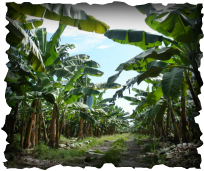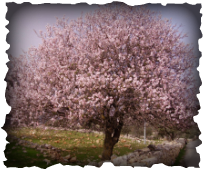Setting
The banana plantations, where the
females are coming from, exemplify their poverty along with the fact that they
are in the third class of the train. In Colombia, in the early 1900s, banana
plantations were considered to be labored by the needy, considering banana was
a cheap and a very accessible fruit. García
Márquez reveals their poverty early in the story in order for the readers to
quickly grasp their lack of wealth since poverty is a key factor in the piece. In
contrast with banana plantations, when they arrive to the small town the author
mentions how almond trees are abundant. These trees highlight a class of
society with more resources than someone working in a banana plantation. This
difference merely exposes the treatment of lower-class people by those of a
higher-class.
Characterization
Although García Márquez does not
reveal any character’s thoughts, he exposes how they are through their actions
and detailed description. To show their poverty, he mentions how they little
girl kept taking off her shoes, hinting that she was not used to wearing them.
The author also points out how it was the first time the girl has been on a
train and how the mother “bore the conscientious serenity of someone accustomed
to poverty” (García 66).
The woman’s dignity and self-esteem is depicted by what she says and how she
carries herself. She tells her daughter to comb her hair and prohibits her of
crying in public and of drinking water anywhere. The last
sentence is key in the woman’s strong character stating, “She took the girl by
the hand and went into the street” (García 72). By her actions and her words, readers can clearly
see the strong-minded and determined human being that she is.



